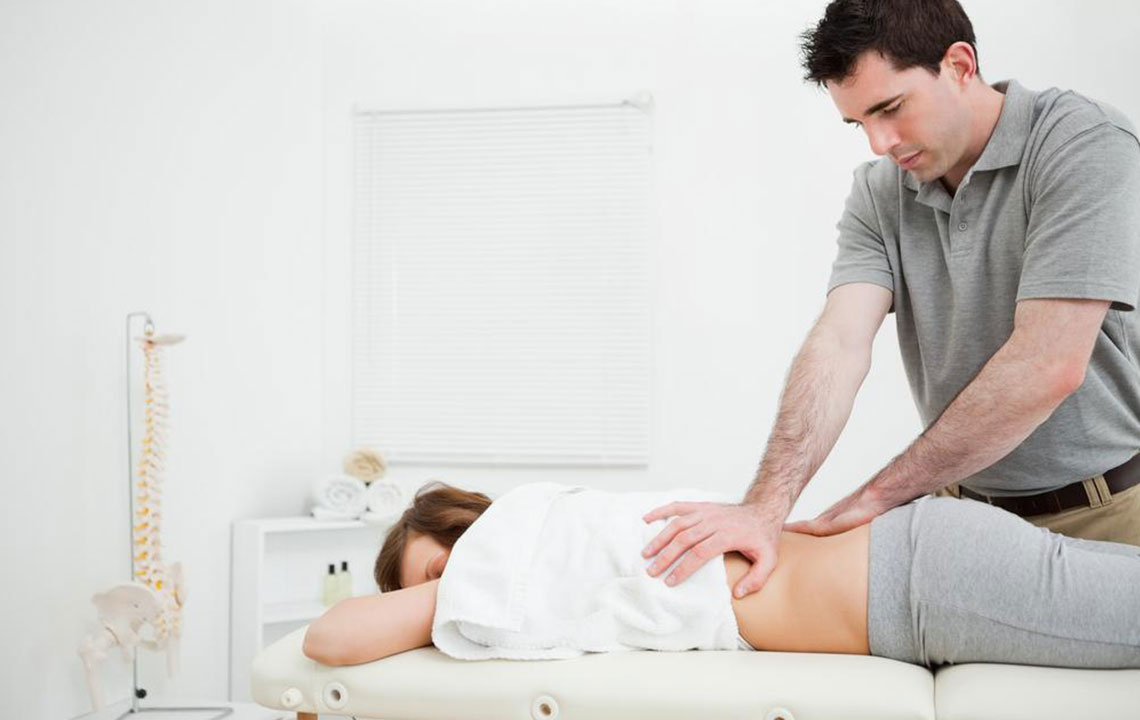Comprehensive Guide to Alleviating Bulging Disc Pain Naturally and Effectively
This comprehensive guide provides effective, natural strategies for managing bulging disc pain through chiropractic care, physiotherapy, diet, exercise, and lifestyle changes. Emphasizing conservative treatments, it aims to help individuals reduce discomfort, prevent progression, and promote spinal health. Learn how to alleviate symptoms naturally and improve mobility with practical advice and professional support, ensuring a healthier, pain-free life.

Comprehensive Strategies for Managing and Relieving Bulging Disc Pain
A bulging disc is a prevalent spinal condition that can significantly impact quality of life, causing discomfort, weakness, and numbness. It occurs when an intervertebral disc in the spine, particularly in the lumbar (lower back) or cervical (neck) regions, begins to weaken and protrudes beyond its normal boundary. While initial stages may be asymptomatic, advancing bulging discs can lead to nerve compression, resulting in symptoms like radiating pain, muscle weakness, and sensory disturbances. Understanding the causes, symptoms, and effective management methods is crucial for individuals suffering from this condition.
This article aims to provide in-depth insights into non-invasive, natural, and effective strategies for managing bulging disc pain, emphasizing lifestyle modifications, physiotherapy, chiropractic care, dietary changes, and exercises tailored to promote spinal health and accelerate recovery without the need for surgical intervention.
The presence of a bulging disc in the spine can lead to significant pain and mobility issues. Proper management through conservative treatments not only alleviates discomfort but also helps prevent the condition from worsening, supporting long-term spinal health and overall well-being.
Seek chiropractic care for gentle spinal adjustments: Consulting a licensed chiropractor can be instrumental in realigning the spine properly. Through precise spinal adjustments, chiropractors help reduce nerve compression and alleviate pain. Additional therapies such as muscle stimulation, targeted stretching, and home exercises support spinal health and aid in recovery.
Work with a physiotherapist for targeted rehabilitation: Physiotherapists evaluate individual conditions to develop customized exercises that focus on enhancing flexibility, strengthening core and supporting muscles, and restoring mobility. Consistent physiotherapy can significantly accelerate healing and reduce recurrence risk.
Stay active with suitable exercises: Long periods of inactivity can exacerbate symptoms. Engaging in low-impact activities such as yoga, brisk walking, tai chi, and gentle stretching can improve blood flow, reduce inflammation, and strengthen muscles supporting the spine.
Follow an anti-inflammatory and nutritious diet: Incorporating foods rich in anti-inflammatory properties—like leafy greens, omega-3 fatty acids, lean proteins, and probiotics—can lower inflammation levels, support tissue repair, and improve overall spinal health.
Maintain proper posture and ergonomics: Ergonomic adjustments at work and daily activities can reduce strain on the spine, preventing further disc deterioration. Proper sleeping positions and supportive mattresses are essential for spinal alignment.
In addition to these strategies, maintaining a healthy weight reduces pressure on spinal discs, further easing symptoms. It’s essential for individuals with bulging discs to adopt a comprehensive approach combining lifestyle changes, professional care, and appropriate exercises to manage pain and promote spinal healing naturally.
While surgical options remain available for severe cases, most individuals benefit from conservative treatments that focus on pain relief and functional improvement. Early intervention, combined with proper self-care, can lead to significant improvements, helping individuals regain mobility and enjoy a better quality of life.
Understanding the underlying causes of a bulging disc, such as degenerative disc disease, injuries, poor posture, or repetitive strain, empowers individuals to take preventative measures. Regular spinal assessments, adopting healthy habits, and staying informed about advancements in non-invasive therapies are vital for maintaining spinal health in the long term.
In conclusion, managing bulging disc pain effectively involves a holistic approach that emphasizes conservative therapies, lifestyle adjustments, and proactive health measures. Adopting these strategies can lead to reduced pain, improved function, and overall enhancement of life quality, making it possible to lead an active, pain-free lifestyle without always resorting to surgery.





